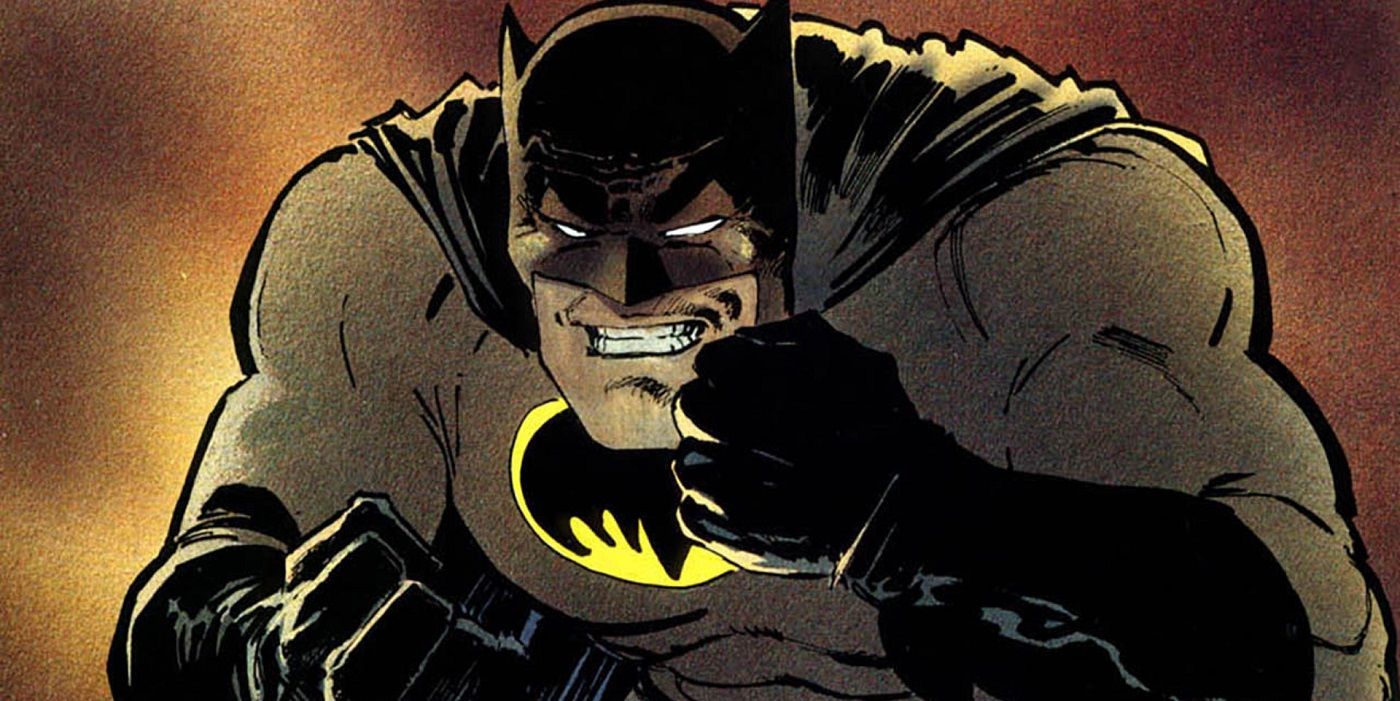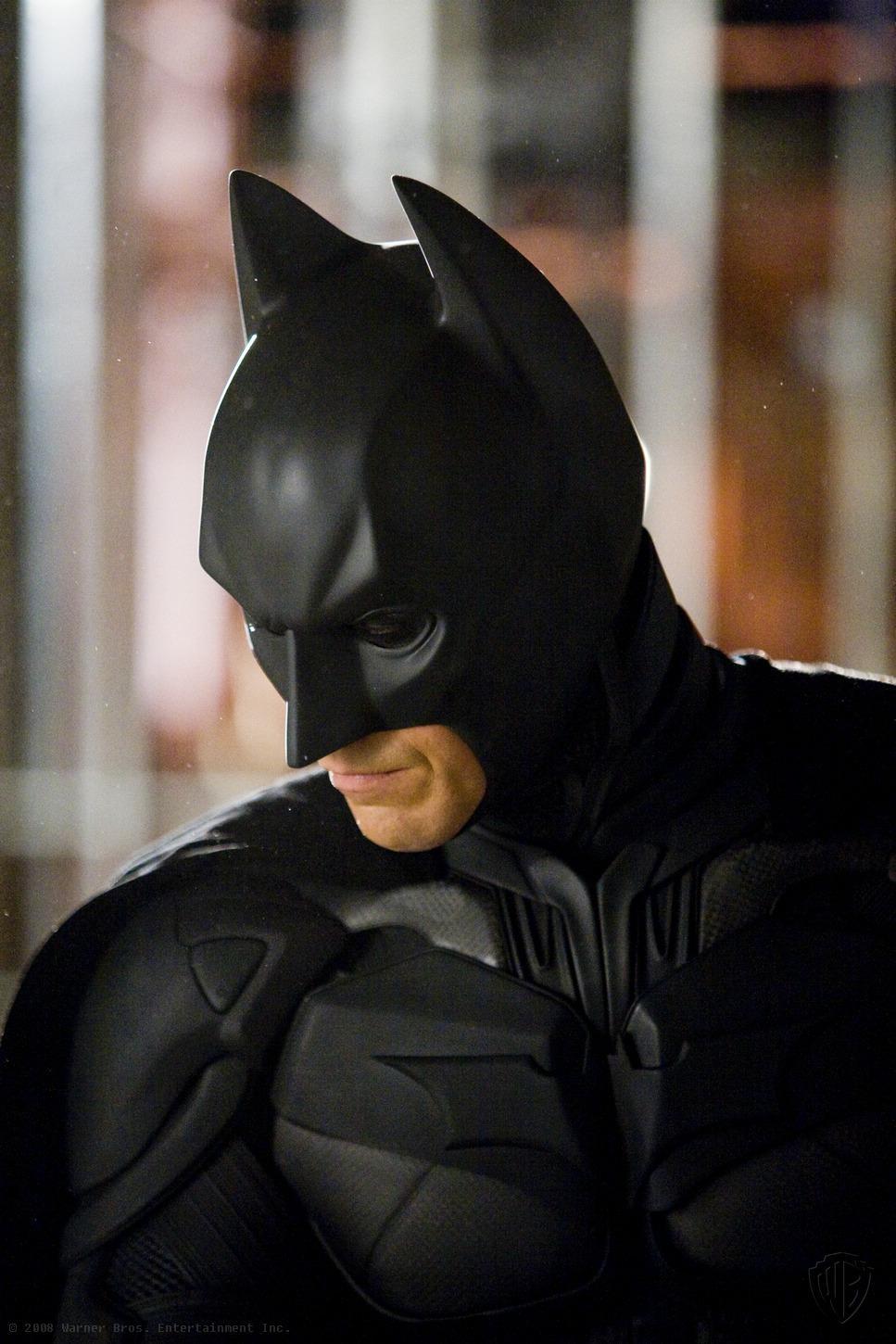

A grittier 21st century BatĬhristopher Nolan’s Batman trilogy (2005-2012) brought a degree of realism to his vision of The Dark Knight, while still being somewhat “ demented” when portraying familiar villains.

Because of this, the franchise would follow a similar pattern to contemporary Bond movies, in which a “silly but entertaining” film was followed by a gritty reboot as Christopher Nolan seized the reigns. One critic called it “ so bad as to be utterly incoherent”. However, many fans consider the 1997 sequel as “the worst film of all time”.

This perhaps goes hand in hand with greater LGBTQ+ visibility in 90s cinema and, before the more po-faced Batfilms of the 21st century, gave Batman and Robin a “defiantly queer victory lap”. Joel Schumacher’s Batman Forever (1995) and Batman and Robin (1997) starring Val Kilmer and George Clooney respectively, were considerably more “ garish, neon-coloured, in your face” than the previous two films. In contrast, Burton’s successor leaned back towards the camp and bright colour scheme of 1966.
BATTMAN DARK KNIGHT FULL
One song by Prince is used in full in Batman for a pseudo musical number featuring the Joker. You can see this influence on Burton’s films with prominent sequences scored by Prince and Siouxsie and the Banshees. The writer Kay Dickinson noted the “MTV aesthetic” in Batman Forever. The late 80s and early 90s were also a period where cinema adopted the chiaroscuro (high contrast lighting) and fashion of pop videos, which is reflected somewhat in the Bat-films of this period. And Batman’s production design in turn influenced contemporary Detective Comics. Audiences would find out the origin of the Penguin in the sequel, which was like something out of the German children’s story Struwwelpeter – an orphan thrown into the sewers, to be raised by escapees from an abandoned zoo.īurton’s films also reflect a generation when Batman comics were drawn by idiosyncratic creators such as Frank Miller and Marshall Rogers, who the film’s writer credits as influences. Batman (1989) and Batman Returns (1992) showcase the director’s interest in the “ violent and graphic nature of certain fairy tales”. Tim Burton was the first director to show Batman (this time Michael Keaton) as a brooding, dark millionaire with a tragic origin story that spurs him on to seek justice and vengeance. They were episodic adventures that spoke to contemporary second world war paranoia about Japanese spies and new technology.

The two Batman serials released in 1940s cinemas followed in the filmed tradition of other comic book heroes of the time, such as Flash Gordon and The Phantom. It is maybe how they have changed with the times, allowing for an idiosyncratic vision of the Dark Knight by each director, that offers plenty of variety within a single franchise and keeps audiences interested. The Batman sold US$8 million (£6 million) worth of tickets worldwide on the first day of sale and earned US$ 128.5 million on its opening weekend.įrom the campy 60s Batman to the darker later versions, each Batman film is a curious cultural artefact reflecting the time in which it was made. This time Robert Pattinson is in the batsuit in the sixth film featuring the caped crusader in the last decade alone.īatman has been on screen in numerous iterations since the 1940s but audiences seem to not have had enough quite yet. A billionaire who dresses up as a bat to strike fear into the hearts of evildoers is back on the streets of Gotham.


 0 kommentar(er)
0 kommentar(er)
